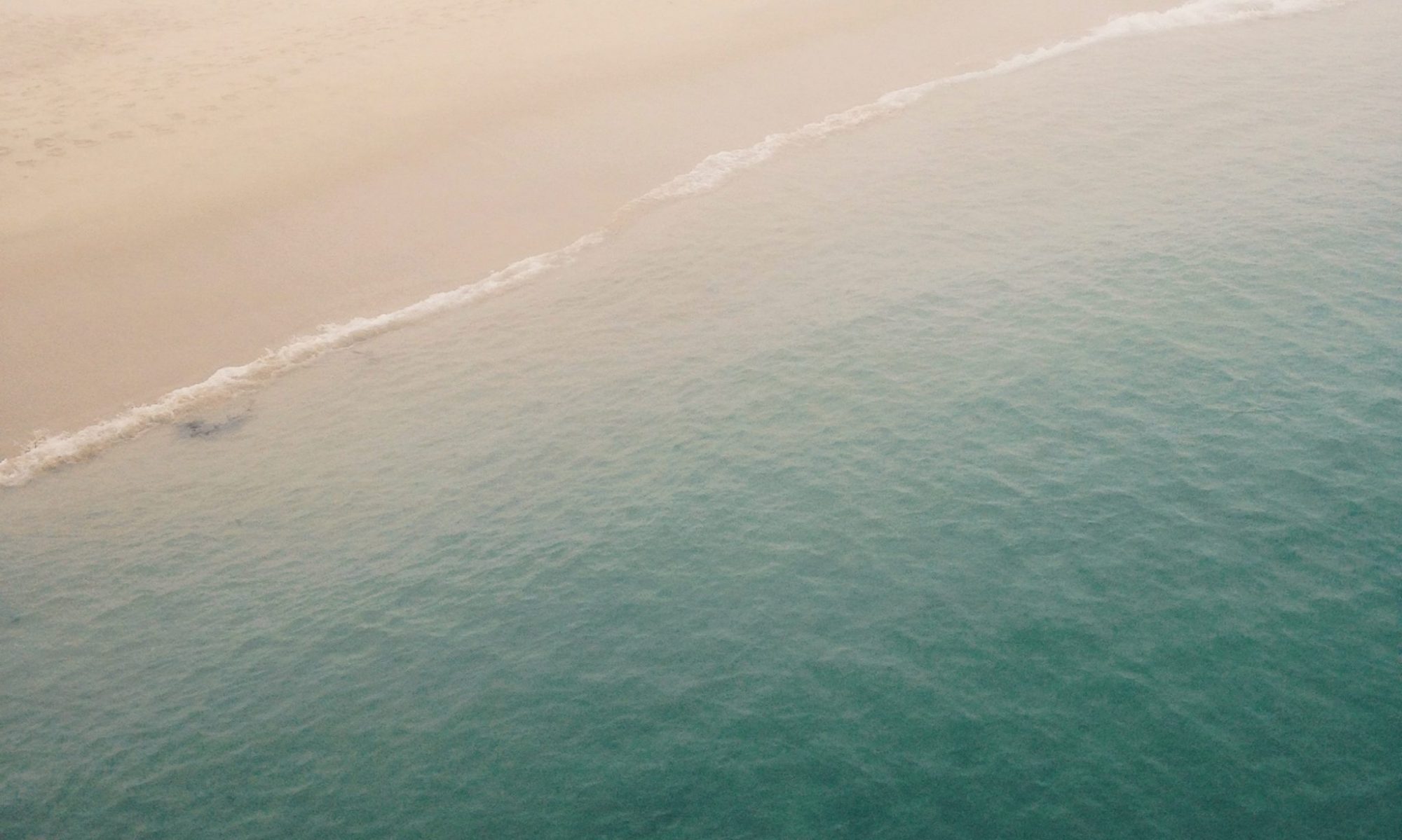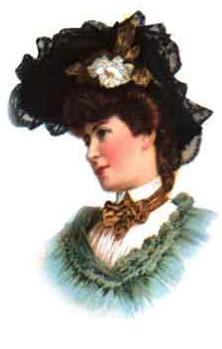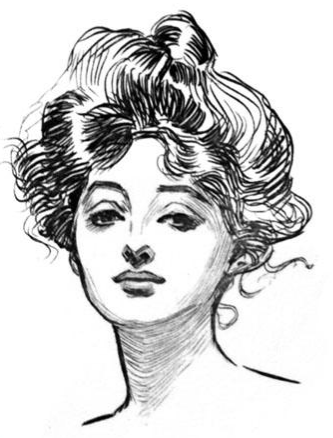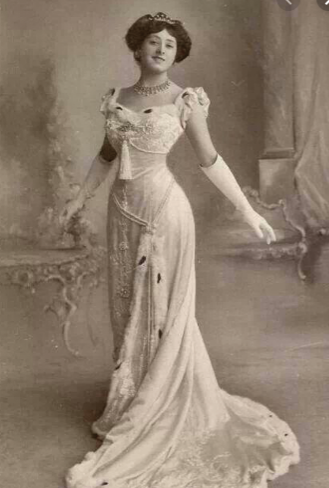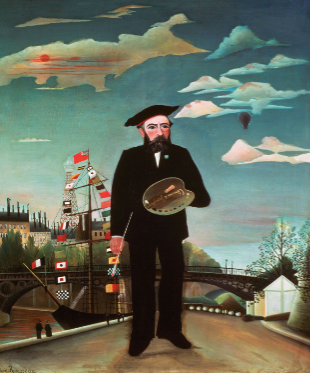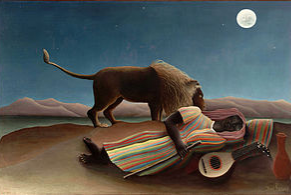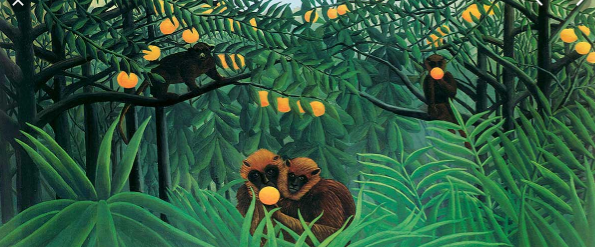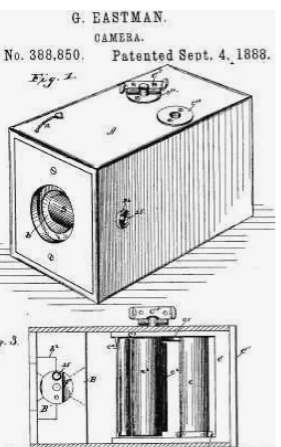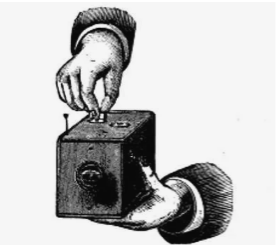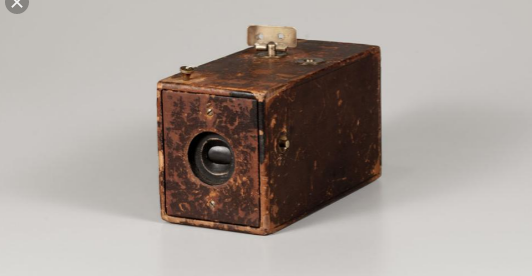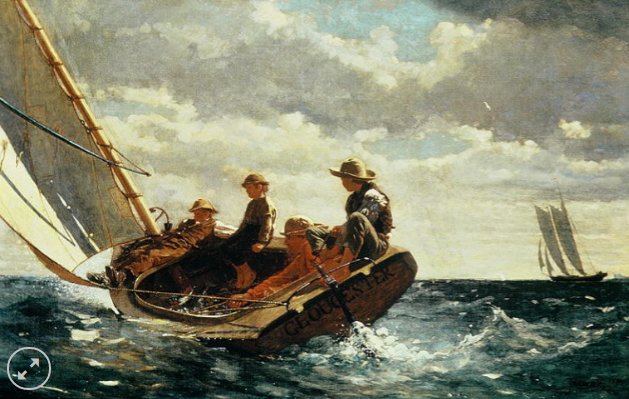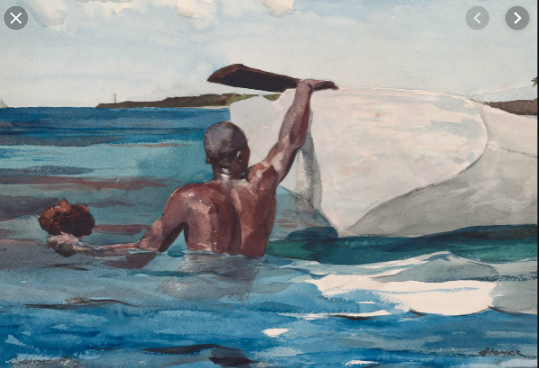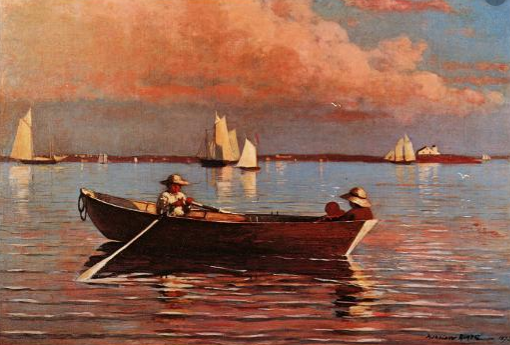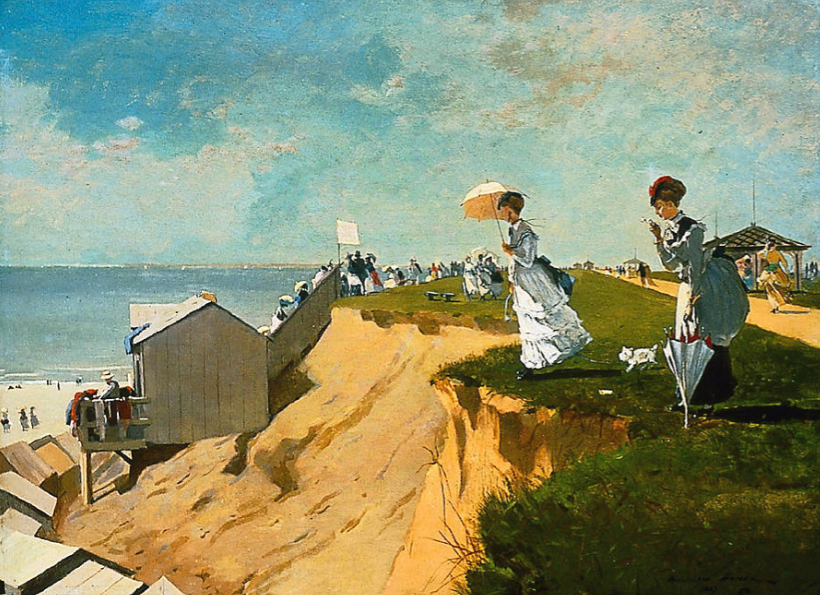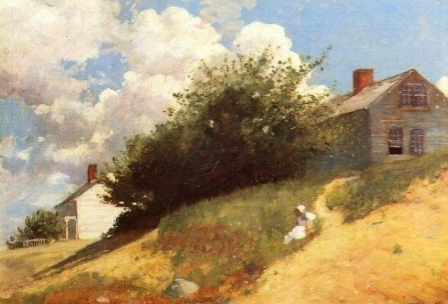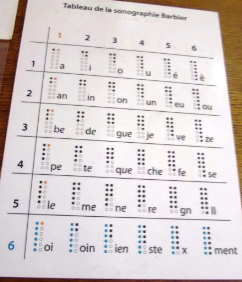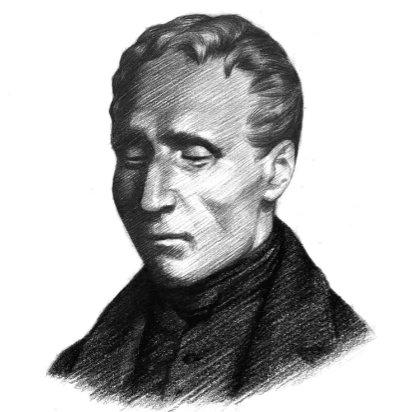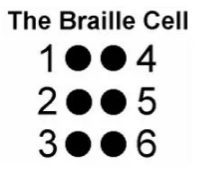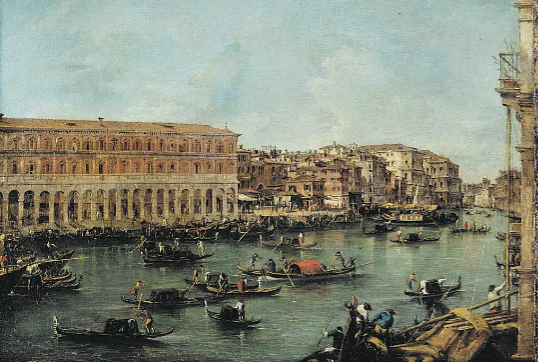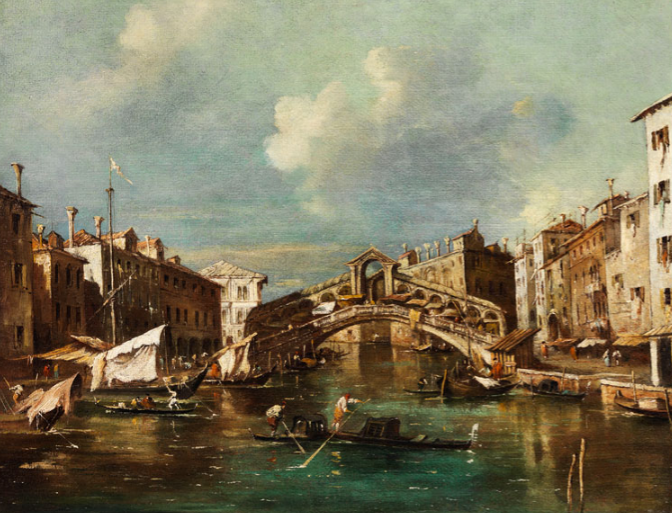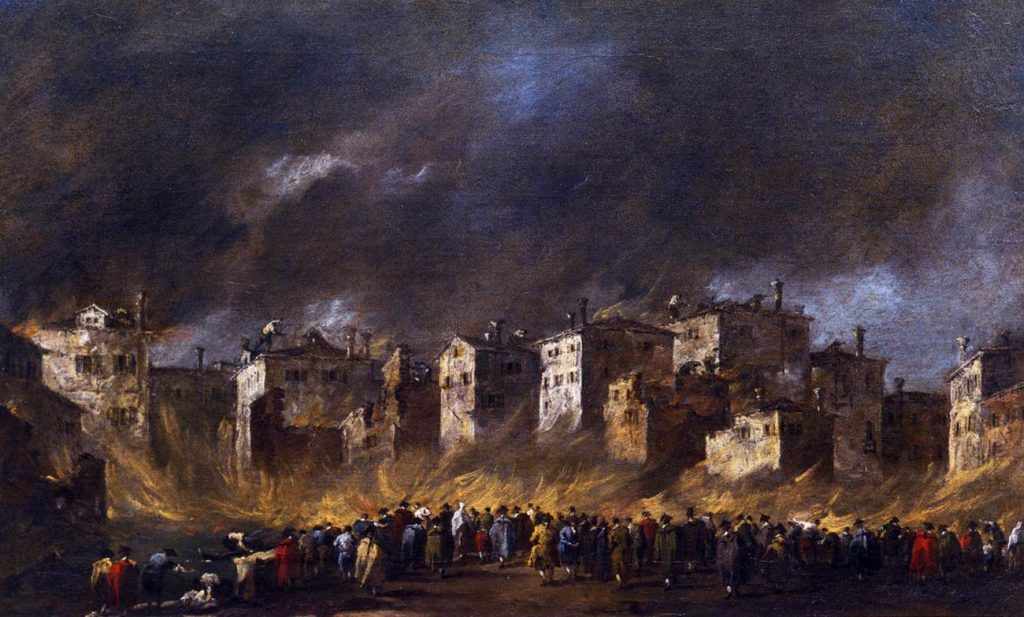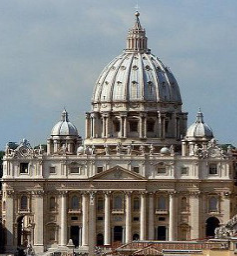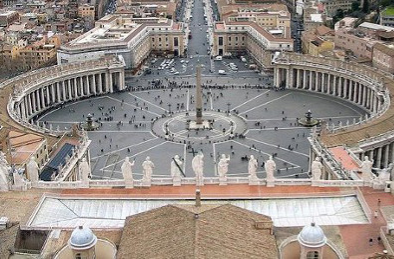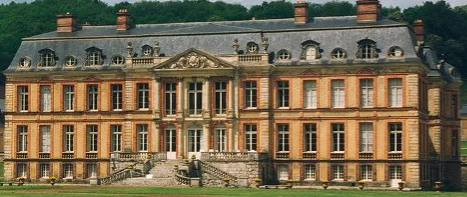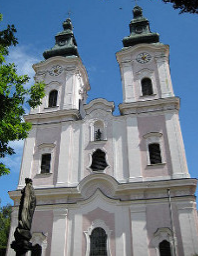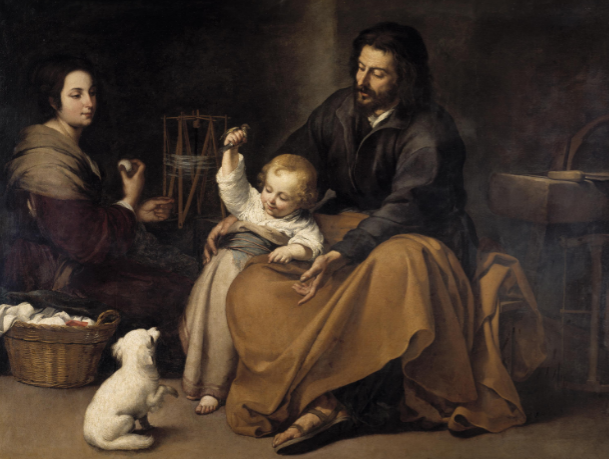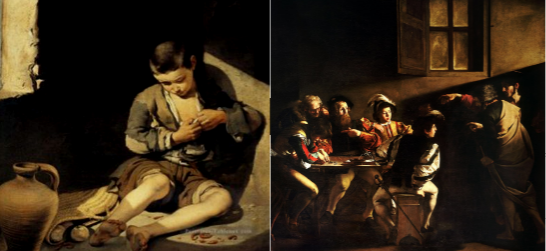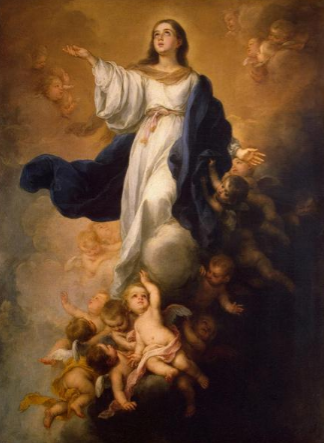Vancouver Race Riots

https://www.vancourier.com/news/archives-anti-asian-mob-goes-on-rampage-1.1344739
In 1907, an anti-immigration rally exploded into violence and vandalism in both Chinatown and Japantown in Vancouver. What began as riots in Bellingham as a movement to drive Punjabi Sikhs out of the lumber industry had eventually spread to white supremacist marches to Vancouver city with demands for a “White Canada.” In the riot, the property of Chinese and Japanese store owners was destroyed.
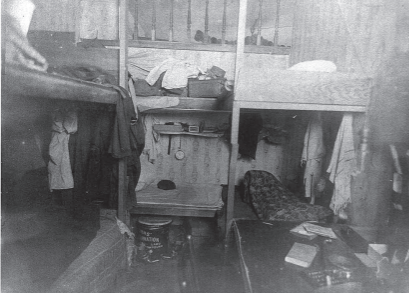
Vancouver Chinatown, December 1902
https://bclearningnetwork.com/LOR/media/SS10/Media/Immigration/anti_asian_riots.pdf
The riots were not only a landmark in the rise of racism in Canada, they signified the commencement of systematic federal intervention to prohibit Asian immigration to Canada through the imposition of quotas on Japanese emigration, continuous voyage regulations those from India, and the enforcement of laws against the Chinese.
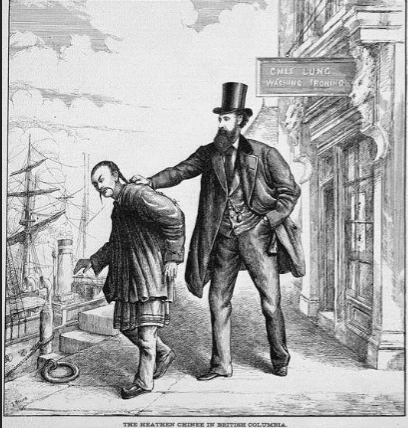
The 1907 Riots were advertised in news reports, and by the time the parade arrived at the city hall, a huge crowd had gathered. Crowd estimates vary between four thousand and eight thousand people. As rioters attacked Chinatown, the angry mob eventually turned toward Japantown or Nihon Bachi, around the Powell Street grounds in what is now Oppenheimer Park.
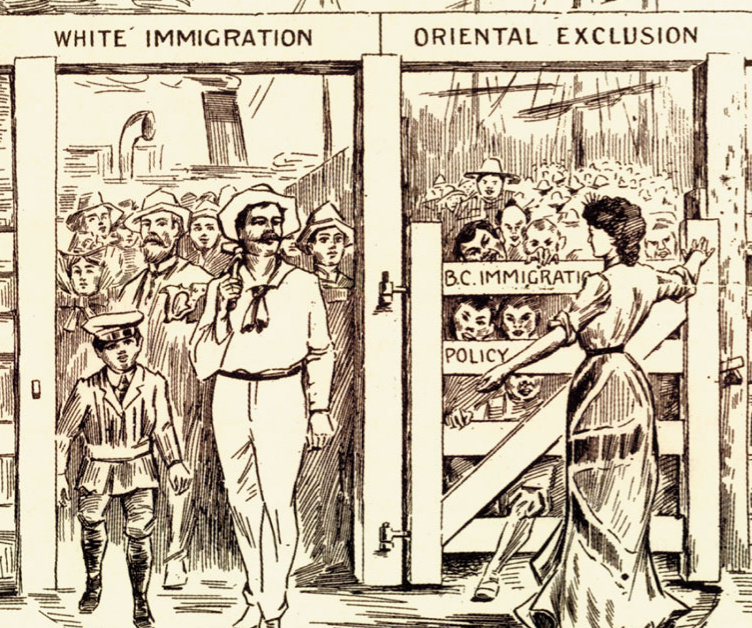
https://en.wikipedia.org/wiki/Anti-Oriental_riots_(Vancouver)
Although news of the riot flashed reached different corners of the world, appearing on front pages in Ottawa, New York, and London, only three people were charged and only one person convicted of any offense. Not only had newspapers openly mocked the efforts of the court and police, few injuries were reported. All levels of government in Canada made vague apologies.
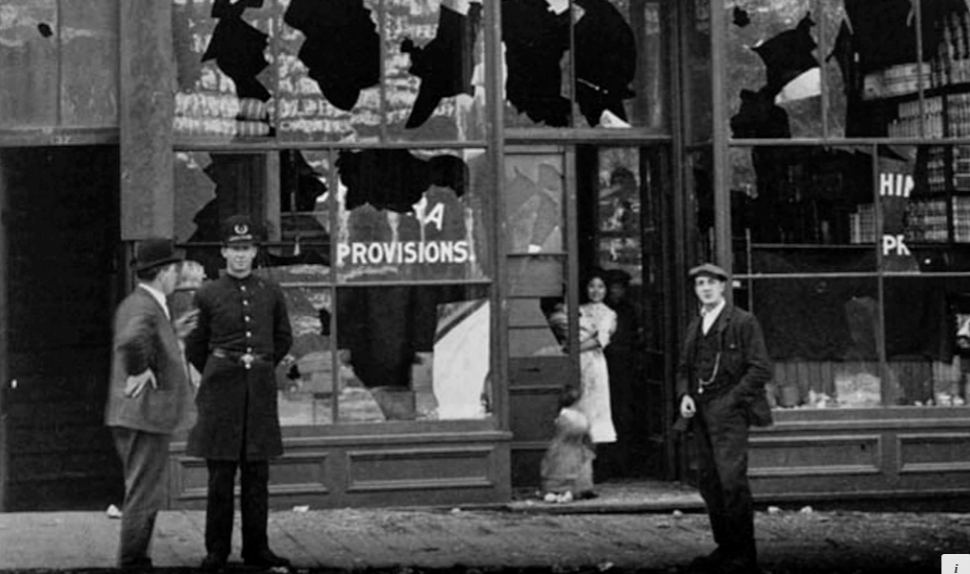
https://www.winnipegfreepress.com/special/goodnews/moment-of-clarity-in-my-canada-415358084.html
Reference
https://www.winnipegfreepress.com/special/goodnews/moment-of-clarity-in-my-canada-415358084.html
https://www.straight.com/blogra/869781/centre-unwelcome-dinner-commemorate-vancouvers-first-anti-chinese-riot-1887
https://en.wikipedia.org/wiki/Anti-Oriental_riots_(Vancouver)
https://www.vancourier.com/news/archives-anti-asian-mob-goes-on-rampage-1.1344739
https://www.library.ubc.ca/chineseinbc/riots.html
